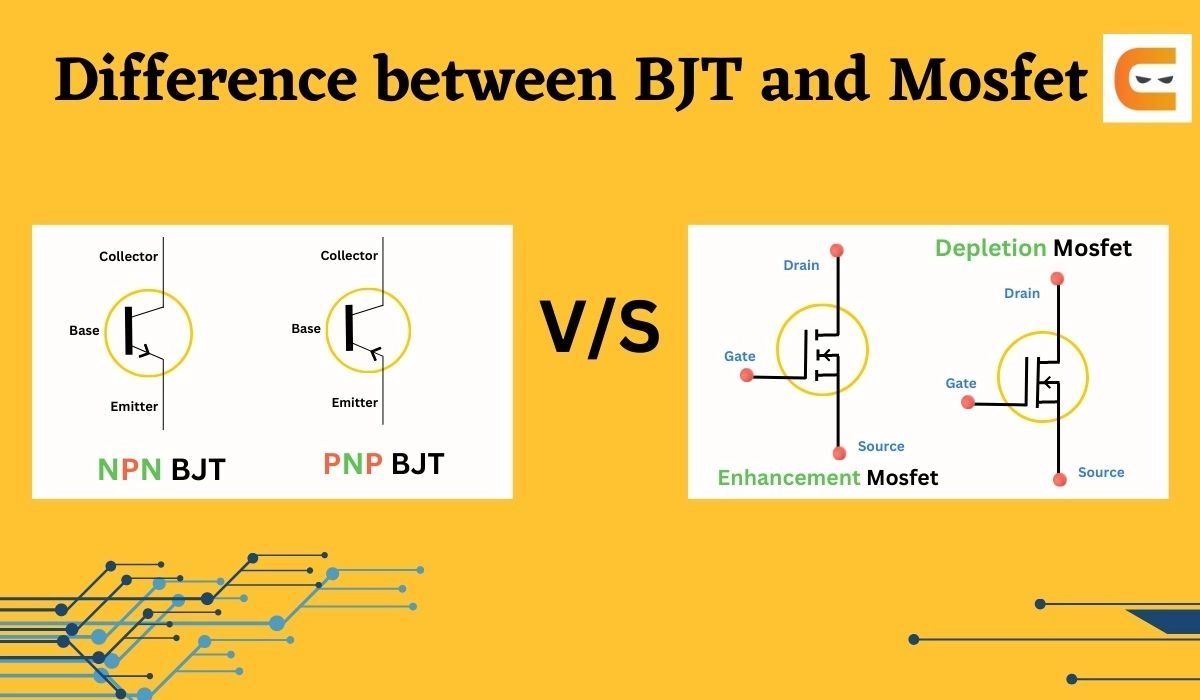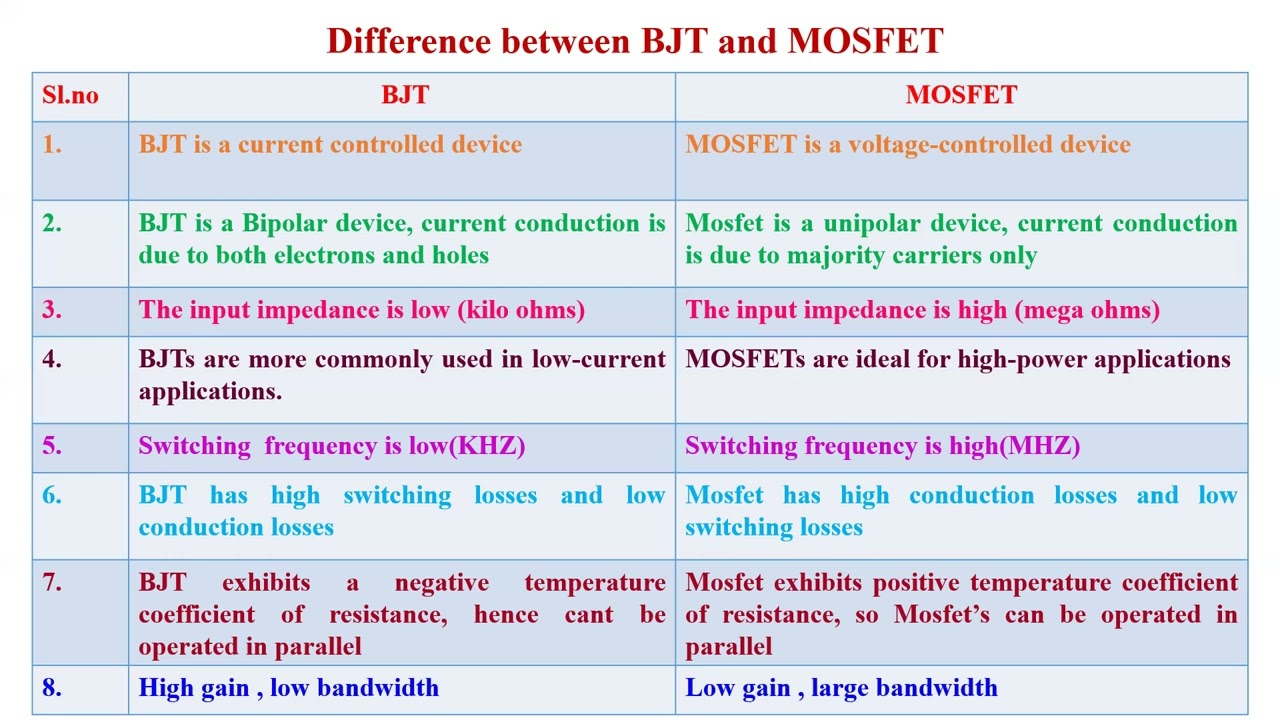So today I decided to finally figure out what makes those two little electronic thingies – BJTs and MOSFETs – actually different. Kept seeing both in circuits but honestly? Couldn’t tell you why you’d pick one over the other. Grabbed my messy breadboard and a pile of leftover parts.

Diving Headfirst with the Old School BJT
Started with the BJT. You know, that three-legged guy that looks like a tiny frog. Hooked it up simple – battery powering an LED through the BJT. Here’s the thing: BJTs seem greedy. They need this constant little trickle of current going into the middle leg – the base – just to let the big current flow between the other two legs. Like bribing a tiny gatekeeper to open the floodgates.
- Felt weird: Touched the base resistor. It was warm. The BJT itself? Warmer than I expected for such a tiny current.
- Tried cranking the base current: Make the base current too big? Poof! LED got super bright way too fast. BJTs act pushy – too much base juice, they slam the floodgates wide open and can fry themselves easy.
Switching Gears to the MOSFET
Okay, BJT felt… needy. Time for the MOSFET. Looks kinda similar at first glance, three legs again. But the middle one? It’s called the gate, feels completely different. Took out my cheap 9V battery to run the LED circuit again. Connected everything. Whoa.
Poked the gate leg with just my finger – no resistor! Nothing got hot! That 9V went right to the gate like nothing. The MOSFET flipped the LED on instantly. No sneaky little base current needed. It’s like the gate leg isn’t drinking any juice itself – just reacting to the voltage you poke it with. Total ghost touch.
- Super sensitive: Accidentally brushed some wires near the gate – bam – LED flickered on and off. This thing reacts purely to voltage presence, no current chugging required.
- Super cold: Felt the MOSFET chip. Barely warm, even with the LED running bright. Way cooler than the BJT, literally. This means way less wasted power just letting the juice flow.
So What Did My Messy Bench Teach Me?
Putting down the soldering iron, staring at the circuits… the difference hit me:
- BJT = Greedy Gatekeeper: Needs a constant current “bribe” (base current) to work. Wastes power heating up. Fragile if you shove too much juice into its base. Feels kinda… analog.
- MOSFET = Ghost Touch Switch: Doesn’t care about sipping current. Only responds to the pressure (voltage) on its gate. Wastes almost no power just being on. Loves getting switched on/off fast. Feels super digital and lazy efficient.
Why do I even bother digging this deep? Reminds me of that nightmare amplifier build back in my dorm days. Used BJTs everywhere because they were cheap. Thing ran so hot, you could fry eggs on it. Battery died faster than a phone playing videos. Took it apart months later – one tiny MOSFET in the power stage was actually doing the heavy lifting silently. That little bugger ran ice cold while the BJTs around it were cooking. Shoulda ripped out the BJTs and slapped more MOSFETs in. Coulda saved months of sweat and literal burns.


